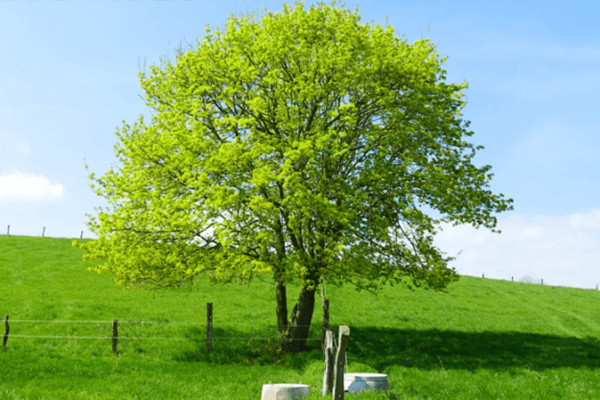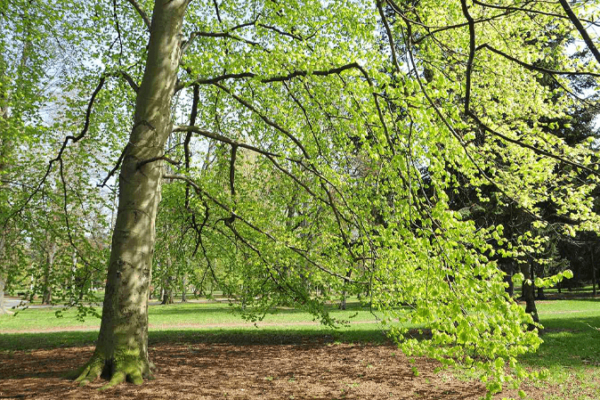
Field Maple
The Field Maple, scientifically known as Acer campestre, is a deciduous tree native to Europe and Western Asia. It is the only native maple species found in the UK and is widely appreciated for its hardiness and adaptability to various soil types. It is often used as a hedgerow tree and in woodlands due to…









